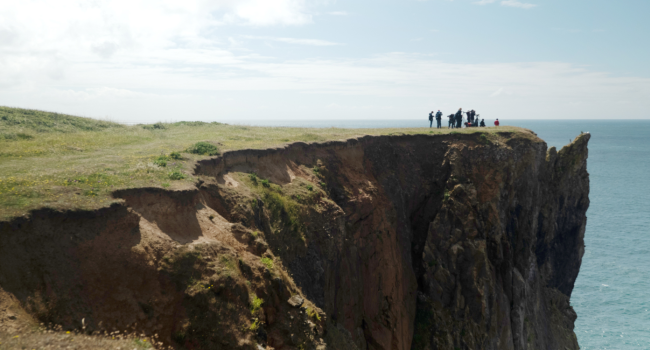Will turbines signal an ill wind for Welsh Red Kites?
21 Mar 2024 | No. (2024-12)
Research undertaken by the British Trust for Ornithology (BTO) predicts that the Red Kite population of Wales is likely to be resilient to the development of future wind farms.
It is widely understood that there is a growing need for more renewable energy generation across the UK to mitigate the impacts of climate change. However, the development of renewable energy infrastructure could have consequences for attempts to safeguard habitats and the species they contain.
One area of tension has been the potential threats posed to birds by wind turbines. In our need to secure more energy from clean and renewable sources, are we unwittingly in danger of causing irreversible damage to some of our most threatened wildlife?
The Red Kite population in Wales has bounced back from near extinction thanks to conservation efforts, but possible threats to their ongoing recovery are of critical concern. This has resulted in understandable caution regarding where new onshore wind farm developments are proposed. To help clarify these considerations, BTO researchers were asked to investigate the extent to which current and future wind farms represent a threat to the Welsh Red Kite population.
The research concluded that, whilst commissioning of the suite of wind farm projects currently in development might slow down the growth of the Red Kite population, it is very unlikely to result in an overall population decline. However, local declines are more probable in areas of high turbine density, and this is especially relevant in proximity to the two Special Protection Areas (SPA) which were designated, in part, because of their Red Kite populations – the Berwyn SPA and Elenydd-Mallaen SPA.
Ultimately, the study shows that the continued growth of the Red Kite population in Wales is resilient to development of the right renewables in the right places. This work will help to inform planning and decision-making in the Welsh onshore wind energy sector.
Callum Macgregor, Senior Research Ecologist with BTO, said “The project highlights the value of a partnership approach to address a serious conservation question – funded by industry, coordinated by BSG Ecology, using BTO’s expertise and nest recording and ringing data provided by Welsh Kite Trust, to deliver robust, independent evidence.”
Rob Thomas, Senior Lecturer at Cardiff University School of Biosciences, said “It has been excellent to see the wind power industry taking seriously its potential impacts on wildlife and ecosystems, in this instance by funding independent research led by BTO into potential population-level effects of wind farm construction on Red Kites. The results are illustrative of how such effects can be robustly estimated, and — where necessary — minimised.”
Owain Gabb, Director at BSG Ecology, said “It has been a pleasure to see the openness of the renewables industry in Wales to engaging with this project. The study demonstrates that with appropriate consideration at the design stage, wind farms are unlikely to affect Welsh Red Kite populations at the regional or national level, which is a very positive outcome.”
The full report, published today, can be read here
This project was funded by RenewableUK Cymru, a body representing the renewables sector, and utilised the expertise of ecological consultants from BSG Ecology and academics from Cardiff University.






Share this page